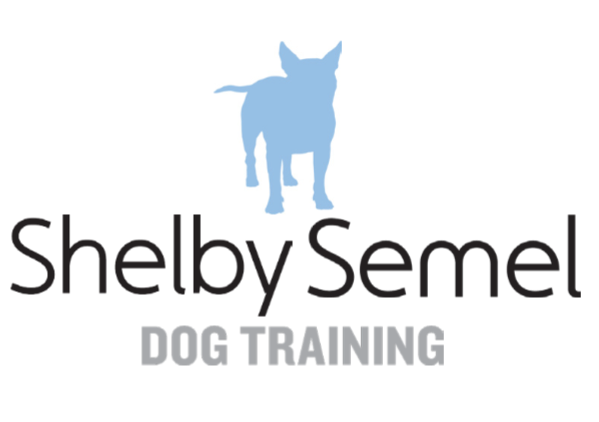Fourth of July Quick Tips!
/1. Make sure your dog gets plenty of exercise earlier in the day. Daycare or playdates is a great idea the night before and the day of.
2. Keep your dogs inside during fireworks, preferably with human companionship. If it's hot, air conditioning will help. Bringing your dogs to a fireworks display is never a good idea.
3. Provide a safe place inside for your dogs to retreat. Dogs often prefer small enclosed areas. If your dog is comfortable in a crate, that is a good option.
4. Keep the curtains closed, and if possible, also the windows.
5. Make sure all your dogs are wearing ID tags with a properly fitting collar. (Dogs have been known to become Houdini around the 4th of July.)
6. Leave your dog something fun to do - like a frozenKong filled with his favorite treats or a bully stick.
7. Sound Therapy: Through a Dog's Ear is specially designed classical music clinically demonstrated to calm canine anxiety issues. Otherwise, leaving your ipod or a white noise machine on will work.
8. Desensitization to scary sounds All year round (as I do in my puppy classes!)
Interactive chews and Toys to help distract:
Busy Buddy Twist and Treat OR Kong, Kong Wobbler
Bully stick/ flossie : lets them take out their energy and stress onto something that's appropriate.
Calming Remedies
Thundershirt: USES GENTLE CONSTANT PRESSURE TO RELIEVE ANXIETY, SIMILAR CONCEPT TO THAT OF A SWADDLE FOR AN INFANT
Tellington Touch: is a method based on circular movements of the fingers and hands all over the body. Touch helps to release tension and increase body awareness. This allows the animal to be handled without provoking typical fear responses. The animal can then more easily learn new and more appropriate behavior
Pet Naturals of Vermont chews ( with L-theanine)
DAP collar
If you notice this year that your dog is showing more intense signs of stress, it would be worth it to Look for a certified pet dog trainer to work on this for future situations.
Common Signs of Stress:
Tail tucked between hind legs. This behavior signals fear. Fear is an extreme form of stress.
Being unable to eat.
Being unable to play.
Deliberate and repeated eye blinking.
Squinting of eyes. Again, this can be a sign of mild stress.
Freezing/ Stiffness.
Staring. Another precursor to aggression.
Panting
Pacing
Excessive Shedding
Diarrhea/bowel movements
Urination and or marking can be a sign of stress.
Stressed male dogs may mark as a way of alleviating stress.
Licking of the lips/nose
Turning away/avoiding eye contact
Paw Lift
Trembling as if cold
Shaking (as if the dog were shaking off water)
Yawning
Excessive drooling
Cowering
Whale-eye
Hyper Vigilance

